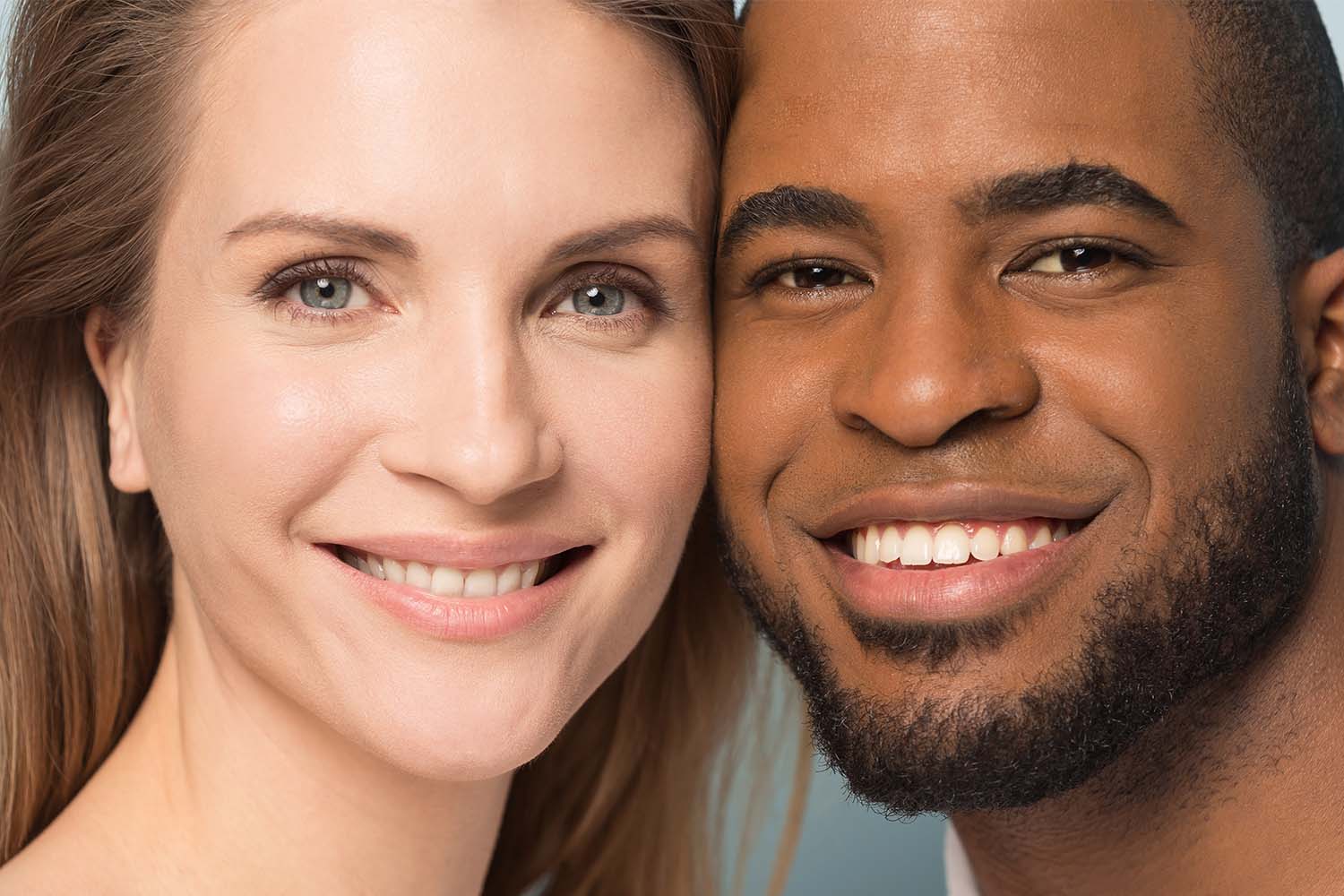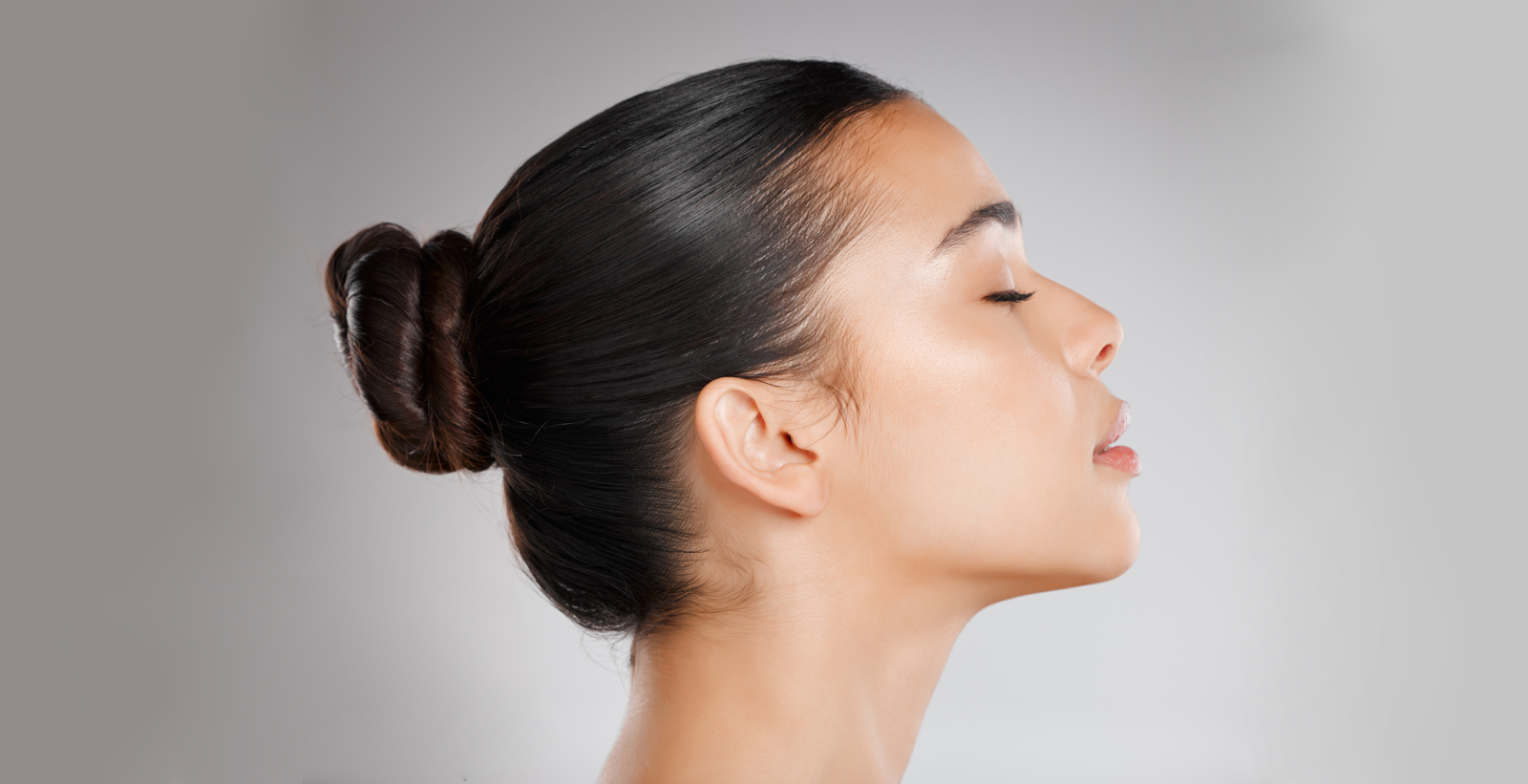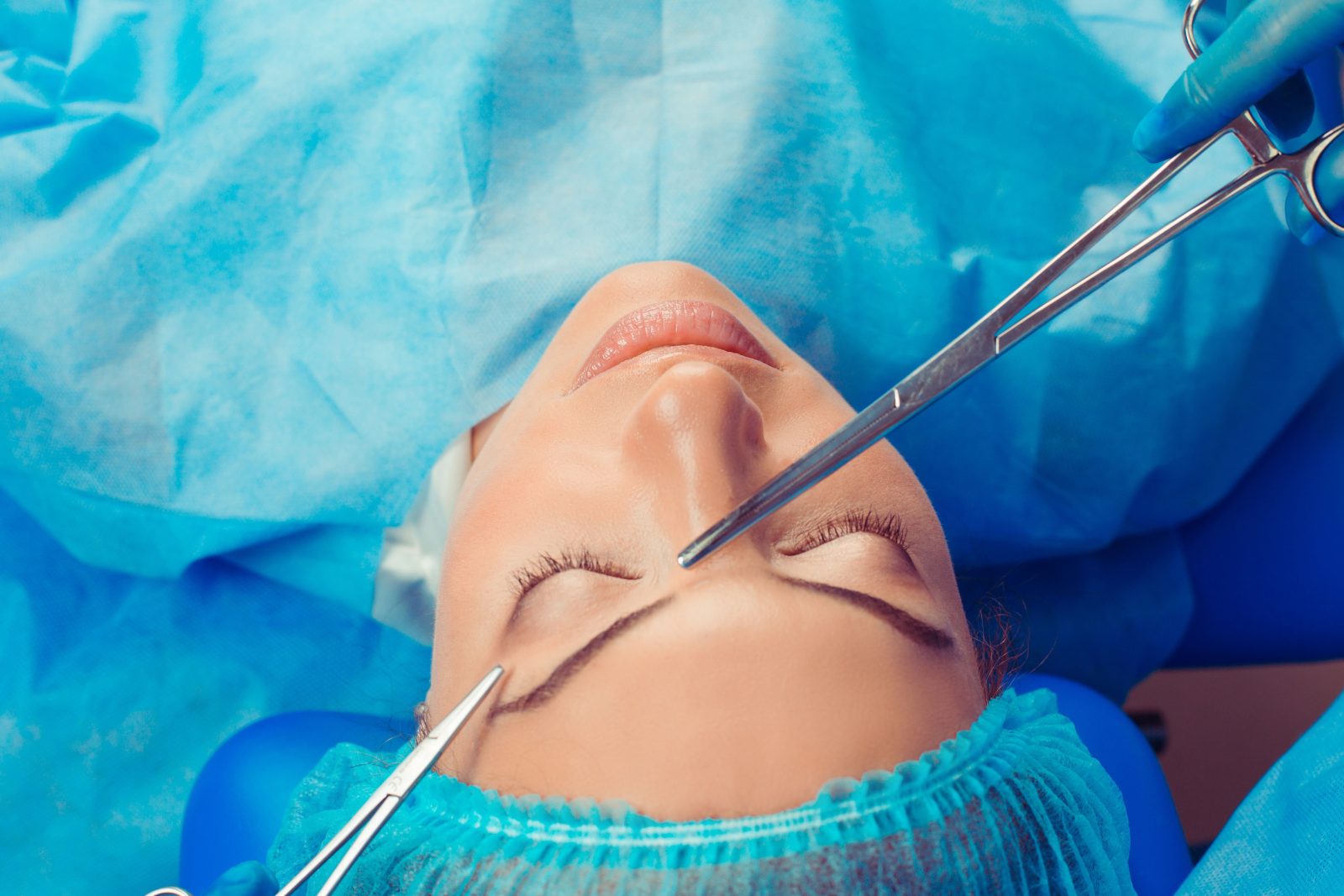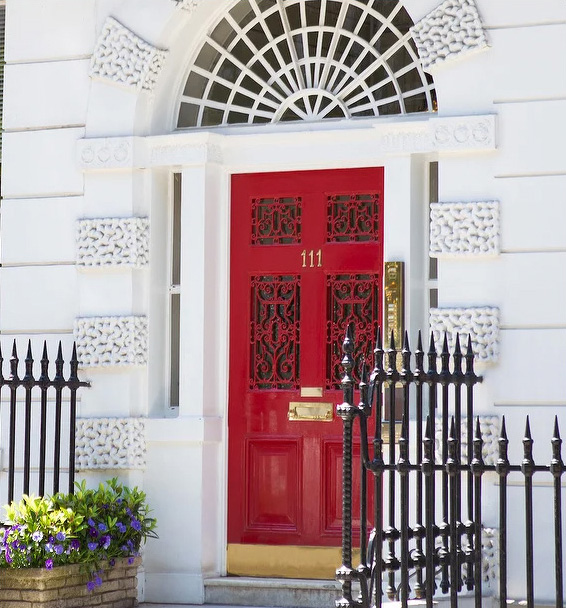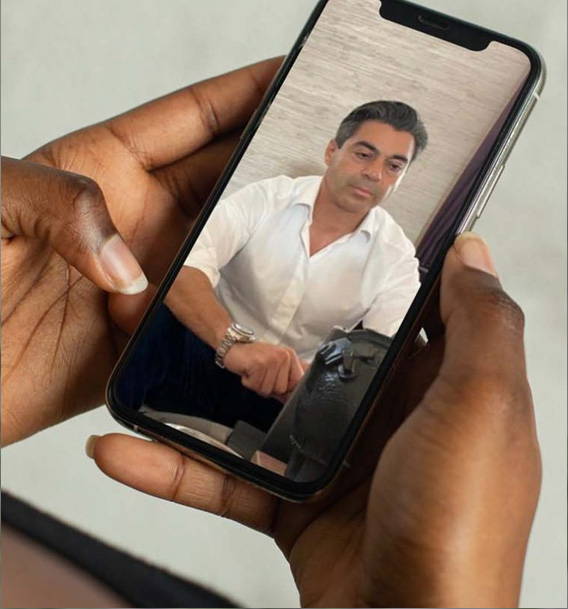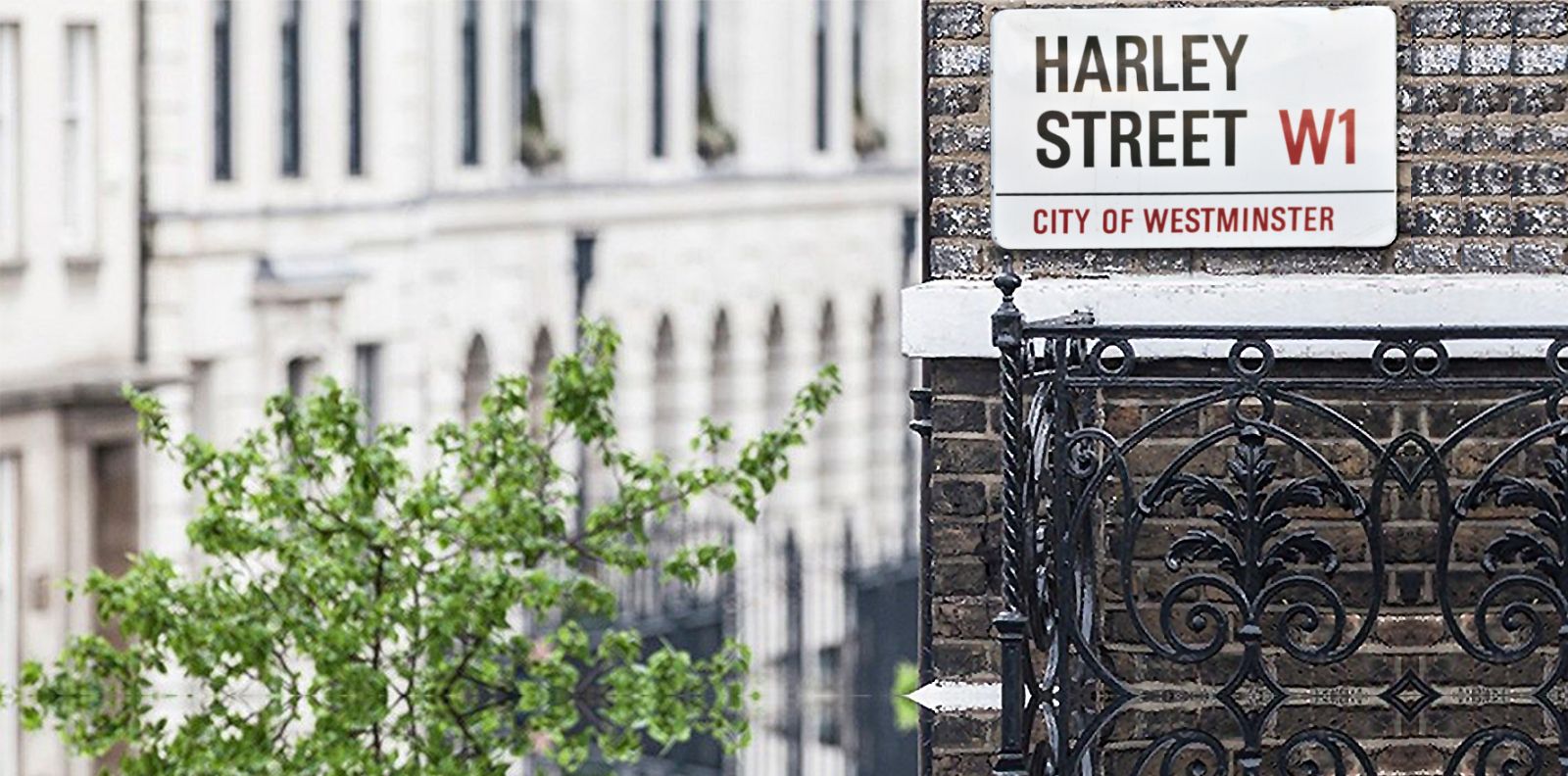During the consultation, we will perform an analysis of the facial anatomy and the changes to the structure that signify ageing. You may wish to combine this with a brow lift and neck lift to achieve optimal results.
We can perform a facelift as a day case procedure under general anaesthesia. However, we can administer a local anaesthetic for less extensive cases.
Generally, the operation aims to lift the skin by separating it from the fat and muscle below. The surgeon will tighten the underlying SMAS muscle and membrane, hoisting and trimming the excess skin. If the operation involves addressing neckbands, an incision is made under the chin, and the muscles may be tied together to smooth their appearance. Depending on the method adopted, the surgeon may staple the incision, and use non-dissolvable sutures to close the incision around the ears. The surgeon will remove the stitches and clips within two weeks after surgery, depending on how you are recovering.
Occasionally, we may place a temporary drain under the skin behind your ear following the surgery to remove excess fluid, though this is usually not necessary. Your head will be wrapped in bandages immediately after surgery to minimise bruising and swelling for 24 hours.
We may recommend minimally invasive submental liposuction around the neck and chin to improve the contour of the jawline. In other instances, you could combine the operation with a fat transfer to restore volume to the facial contours. Or, with a brow lift and blepharoplasty to address ageing around the eyes.
A mini facelift minimises scarring and dissection, concealing the incision site as much as possible. Usually, incisions are placed within the hairline or behind the earlobes, and the soft tissues (and occasionally muscle) and the surgeon lifts and trims the excess sagging skin. Dissolvable sutures secure the skin in place. As the incisions are much shorter, the results of a mini-lift are less dramatic.

